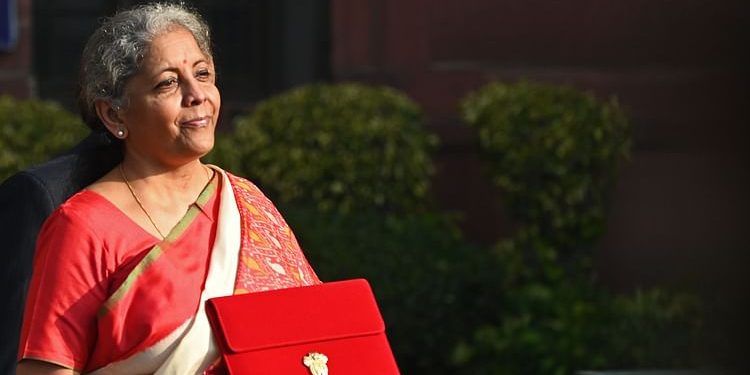A refrain in this year’s Budget was ‘spend’. Union Finance Minister Nirmala Sitharaman, during her 100 plus-minute speech, was at pains to state that ‘We have spent, we have spent and we have spent’. In fact, the government claimed it spent Rs 4.1 lakh crore more than what it had set out for in last year’s Budget due to the COVID-19 pandemic. The additional spend worked out to a rise of 13 per cent of the budgeted expenditure which it said pushed the fiscal deficit to an unprecedented 9.5 per cent. The projected fiscal deficit in the coming fiscal has been pegged at 6.8 per cent. Expenditure in the coming fiscal is estimated to go up by over 14 per cent, while the government revenue is projected to dip by 12 per cent. However, in reality, the government’s claim that it had spent an additional Rs 4.1 lakh crore in the current fiscal is eyewash. Out of Rs 4.1 lakh crore additional spend, about Rs 3 lakh crore was spent on additional food subsidy. But don’t make a mistake by thinking that the additional money was used to arrange free food for the pandemic-hit people in the early months of the nationwide lockdown. In fact, about half of this money was given to Food Corporation of India to clear its old dues. If we take this amount out, the actual spend was just a little over Rs 1 lakh crore. Similarly, about Rs 50,000 crore of the additional expenditure went towards clearing the old dues of the state-owned fertilizer firms. This means the real additional spending which the government claims to have been spent was between Rs 1.3 lakh crore and Rs 1.4 lakh crore or just 0.7 per cent of the GDP.
As regards the so-called rise in expenditure in this year’s Budget, which is Rs 4.4 lakh crore more than last year’s estimate, a lion’s share of this would go towards clearing the FCI’s long pending dues. Therefore, the tall claim of spending big in the next fiscal to trigger growth is not all that true. The Finance Minister also spoke at length about the big capex the government will make in the coming fiscal. An expenditure of Rs 5.54 lakh crore will be made on capex. But a major portion of this money will go to four poll-bound states such as Tamil Nadu, West Bengal, Kerala and Assam. These four states between them will account for Rs 2.27 lakh crore of the so-called big capex and `1.08 lakh crore will be spent for capex in railways. The minister said the increased spending is aimed at creating demand in the economy and support job creation. But if at all it happens they will take place in the four poll-bound states, not across the whole country. But the way this was presented in the budget it gave an impression that big money has been earmarked for building infrastructure in the country. The whole exercise was nothing but good packaging. Coming in the aftermath of a global health crisis which saw millions of deaths and still counting, the least we were expecting from the Budget was long-term structural reforms. The stakes were very high. People had more or less made up their minds that this was going to be a tough Budget as the government’s resources were tight. Tough times demand tough decisions. But there were no big-ticket announcements in the entire Budget speech of the Union Finance Minister, except for a bold move to sell government assets, euphemistically called strategic disinvestments. Selling assets to overcome tough times is the easiest thing to do. The government is doing precisely this. The rest is good packaging.






































